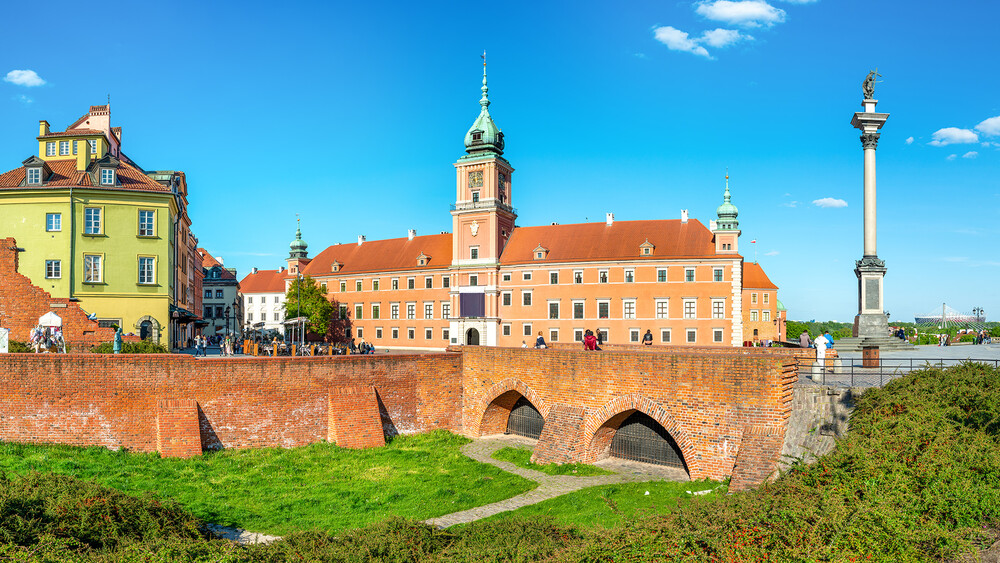The Second Oldest Constitution in the World
On May 3, 1791, the very first constitution in Europe was signed in Warsaw.
Although there are opinions that older documents similar to a constitution were signed in Iceland or San Marino, the majority of historians consider the Polish constitution to be the oldest in Europe and the second oldest in the world, after the United States Constitution.
The Polish constitution then ensured the protection of peasants against the government and equality between the nobility and the bourgeoisie. For modern Poles, the significance of this holiday is akin to the importance of Independence Day for Americans.
If you visit Warsaw during the celebrations, you can encounter festive parades throughout the city, filled with historical costumes.
Warsaw’s Green Lungs
It is not common for a national park to be part of a capital city, but Warsaw is an exception.
More than a third of Poland's territory is covered by forests, so for many Poles, the fact that Kampinos National Park extends into Warsaw is quite natural.
In the emblem of the national park, you will find a moose, which thrives exceptionally well here. The park covers 385 square kilometers and features more than 350 kilometers of marked trails.
Additionally, the park is home to about 1370 species of vascular plants, 115 species of bryophytes, and 150 species of lichens. It is an ideal place for holding your corporate team-building event.
Center of Learning
Warsaw has always been a center of education. It is home to four major universities and more than 62 other educational institutions.
Warsaw and its surroundings have seen the birth of many educated individuals of their time. Examples include the composer Fryderyk Chopin, writer Jean Malaquais, former U.S. Army General John Shalikashvili, and scientist Marie Curie Skłodowska.
An interesting fact is that just 136 years after Johannes Gutenberg discovered printing, Warsaw had its first permanent bookstore. It was established in 1586 by Pavel Fabricius.

